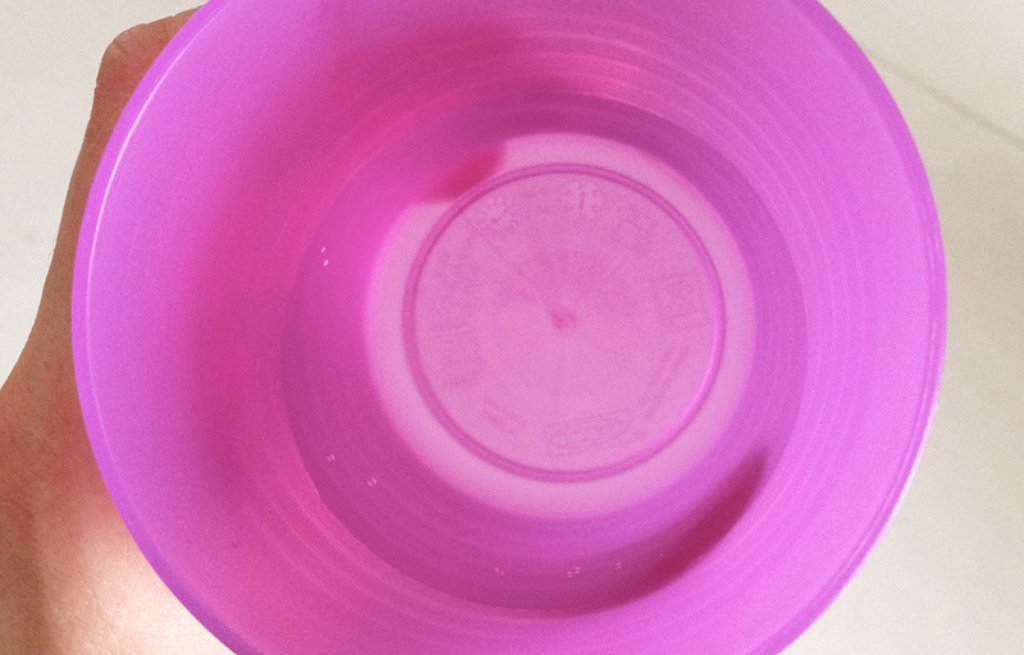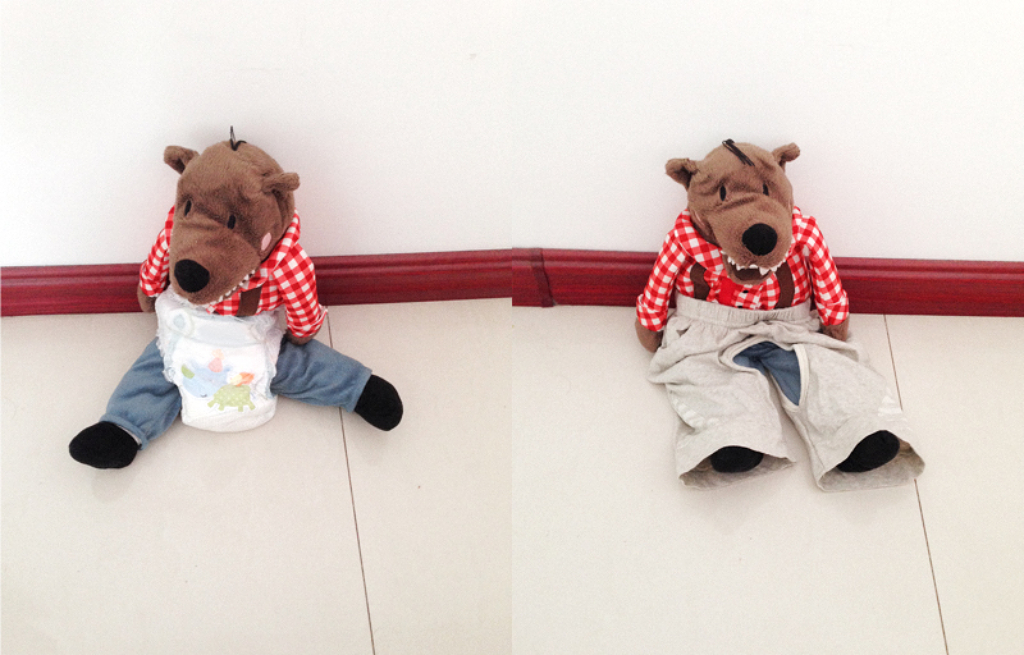articles
China Elevator Stories
Cultural Differences in Newborn Care – 5 things that make Westerners look really weird in Chinese people’s eyes
Newborn care is different from family to family, but it also varies from culture to culture.
26/06/2015

Ruth Silbermayr
Author
Newborn care is deeply influenced by cultural norms. What might be standard practice in one culture can seem strange or even wrong in another. Here are five key differences between Chinese and Western approaches to caring for newborns:
1. Not feeding your baby water

In China, it’s common to suggest giving water to a crying baby, regardless of the reason for their distress. This might stem from the widespread use of formula, where water is sometimes necessary. For many Western parents, exclusively breastfeeding without introducing water until solid foods are added is the norm.
When we didn’t feed our son water until he started eating solids, many Chinese acquaintances found it strange. Now, he enjoys water and even says “喝” (hē, drink) while pointing at a glass when he’s thirsty.
2. Having your baby wear diapers 24/7

In China, there’s a belief that wearing diapers all the time can harm a baby’s private parts. Split pants, which allow for easy potty training, are a common choice. Many Chinese infants are potty-trained earlier than Western ones, and split pants are also seen as more environmentally friendly.
We used paper diapers during the first few months but now combine diapers and no-diaper time. For instance, our son wears diapers at night but goes without during the day.
3. Using a soother
Pacifiers spark debate in the West, with parents often divided on whether to use them. In China, the prevailing opinion is that soothers are bad for babies, mainly due to concerns about germs. Of all the babies I’ve seen in China, only one was using a pacifier.
We used a pacifier briefly when dealing with a colicky baby, but our son has since stopped using it.
4. Not dressing your baby warm enough
Chinese parents often believe Westerners don’t dress their babies warmly enough. While split pants are encouraged, babies are also bundled up like “Michelin babies” in colder months. Covering the baby’s face during chilly weather is another common practice.
We noticed fewer comments about our son’s clothing when he wore Chinese-style outdoor clothes instead of European-style ones. Interestingly, a popular article on WeChat recently highlighted that overdressing babies might make them more prone to illness than underdressing.
5. Having only one person take care of baby
In China, raising a baby is often a collective effort involving grandparents and extended family. Many Chinese find it hard to believe that in Austria, it’s common for just one parent to handle childcare during the day.
Is there anything you’d add to the list?